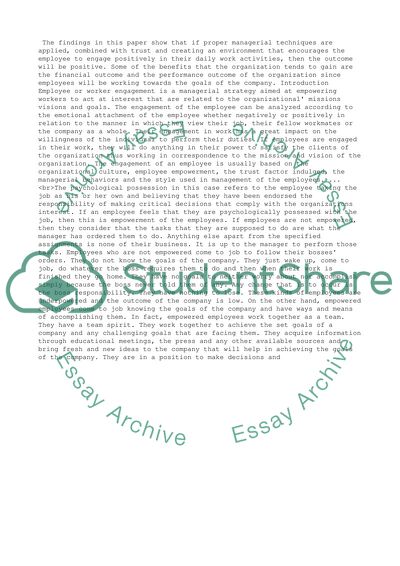Cite this document
(“Employee Engagement Essay Example | Topics and Well Written Essays - 1500 words”, n.d.)
Retrieved from https://studentshare.org/business/1447161-critically-examine-managerial-implications-of
Retrieved from https://studentshare.org/business/1447161-critically-examine-managerial-implications-of
(Employee Engagement Essay Example | Topics and Well Written Essays - 1500 Words)
https://studentshare.org/business/1447161-critically-examine-managerial-implications-of.
https://studentshare.org/business/1447161-critically-examine-managerial-implications-of.
“Employee Engagement Essay Example | Topics and Well Written Essays - 1500 Words”, n.d. https://studentshare.org/business/1447161-critically-examine-managerial-implications-of.


